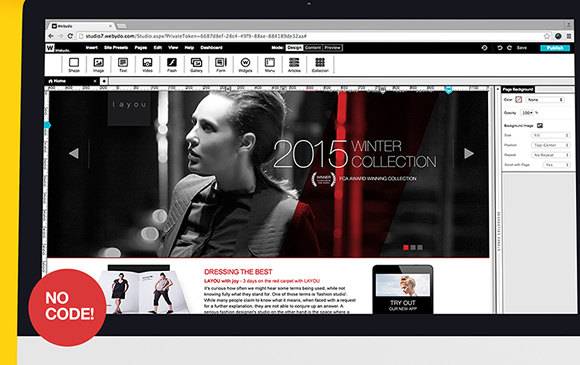Striking out on your own as a freelance designer can be incredibly exciting and rewarding, but to be successful, designers who go this route must hone much more than their design skills. A successful freelance designer must have exceptional organizational and presentation skills. He/She must also understand business development and know how to properly quote projects, something that many new freelance designers struggle with.
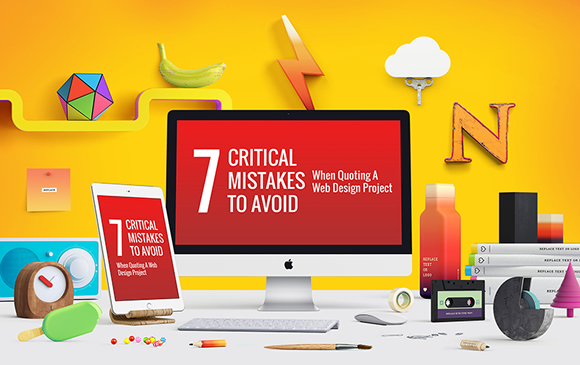
In this article, we will look at seven critical mistakes that designers make when quoting web projects and show you how you can avoid them in your own business.
1. Not Fully Understanding the Scope of the Project
No two projects or clients are alike. While the work you have done for other projects may help you on a new one you are bidding on, that new project will also have plenty of unique needs based on that business’s goals and the needs of their audience. Understanding those goals and needs, and having a plan for how you will meet them, is how you establish a scope of work for this project.
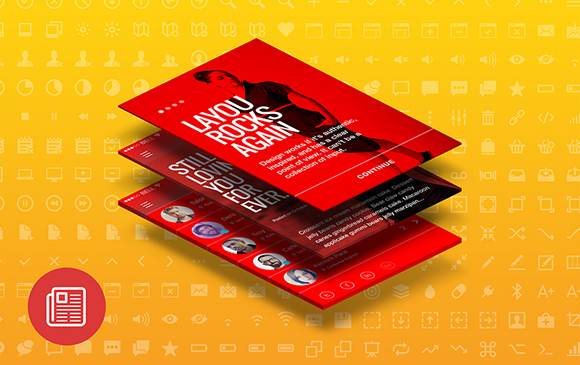
Many web projects include a brief of some kind. Be sure to ask for one if missing and to read it – carefully. There is critical information in that document that will help you establish a scope for the project. That scope equates to a number of hours and those hours equate to a price for the project (more on hours shortly). If you do not understand the scope of a project, you are unlikely to properly assess the time or budget needed to execute the project successfully.
When establishing a project’s scope, take your time and do it correctly. Fully digest the client’s brief. Dissect it. Turn it on all sides. If you have questions (and you should have questions), talk about them with the client, because ambiguity is not your friend when quoting a project.
2. Underestimating the Number of Hours Needed for the Project (and for Life)
At its most basic level, web design, like other forms of consulting, is about trading hours of your time for money. You only have so many hours available to you, so to be successful, you need to use (and bill) those hours wisely. Unfortunately, this is an area where many freelancers stumble.

When establishing how many hours you will need for a project, do not forget about the time needed to manage the client, present ideas, follow up on emails, and execute the many aspects of the job that are outside of the “design phase.” All of those hours will add up, so if you are not billing for them as part of the project, you are costing yourself time and money!
In addition to the time needed for a project, you must also consider the time needed for your personal life. It’s important to balance your working hours and free time spent with family and friends. There will certainly be times when a deadline is looming, and you need to put in some extra hours, but that should be the exception, not the norm. When planning your schedule, be sure to account for time away from projects and work.
3. Not Taking the Coding Part of a Web Project into Account
The creative and design parts of web design are likely what motivated you to begin this type of work, but just because your strengths are in design doesn’t mean that you can turn a blind eye when it comes to the coding aspects of a web project. There are, however, ways you can address the coding needs of a web project without needing to become a coder yourself.
Option #1: Plan to subcontract the coding part of a project to a web developer. This is how many freelancer designers get the code for their projects done, but if you started a freelance practice because you want to work independently, this might not be an appealing option.
Depending on a programmer, this can be very challenging since you now need to manage their schedule and needs, as well as your clients. Additionally, you can expect a big chunk of the project’s budget to get sucked up by manual coding. That means less money for you and your freelance business. So far, this option isn’t sounding that appealing, is it?
Option #2: Work with a professional website building platform that generates W3C-validated code for your designs. Have you ever heard of Webydo? This platform is a powerful web design suite that allows designers to do what they do best (design visually stunning websites) while the software writes the code for you. Modern web features like pixel perfect responsive design or parallax scrolling animation effects allow you to have complete control over all aspects of the project (including the budget) while still delivering a powerful website for your clients.
4. Not Defining the Number of Design Revisions Included in the Project’s Price
We’d all like to deliver websites that are immediately loved and accepted by our clients. Unfortunately, hitting a home run on the first swing rarely happens. Most of the time, clients will have feedback for you and they will ask for some changes. This is perfectly acceptable, and it will actually help you create a better end product, but how many rounds of changes are you willing to make?

It is impossible to determine how many rounds of revisions a project will need before you begin that work, but you absolutely must establish a number of revisions that are included with that project as part of the initial scope. I find that 3 rounds of revisions are usually sufficient. Make sure to get a full list of requested changes after each “round” is presented so that you can maximize your time and the client will understand that each round counts as part of the agreed upon work.
If a project requires more revisions than you have initially planned for, be prepared to have a conversation about a change order on the project to pay for that additional design time. Remember, you do not work for free. If the client wants you to do additional work, there needs to be additional budget allocated to pay for that work.
5. Failing to Communicate about Additional Costs
We said it earlier in this article and we will say it again – ambiguity is not your friend. One of the main areas this is true is with additional costs that may arise on a project. These could include services that clients have to pay for outside of your labor, like website hosting, or it could be for premium plugins that the site will require or stock photos that need to be purchased. Discuss these items with your client and make sure they understand about these costs and get everyone on the same page right from the start.

6. Not Establishing Milestones or Initial Payments
Remember at the start of this article we mentioned that one of the skills you will need to have is organizational skills? This is where those skills come in handy.
An organized project is one that has established milestones throughout that project. Those milestones should cover the work that you will deliver at each stage and the financial payments that the client will be responsible for at that time. Those payments should include an up-front deposit to get you started.
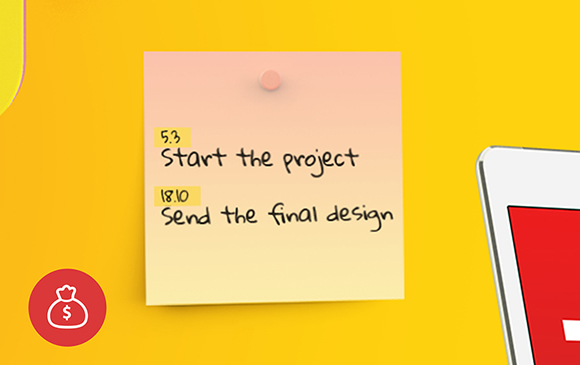
Clients want to place their trust in a professional and organized designer who clearly knows what they are doing. Milestones help establish you in this way, and a clearly defined payment schedule ensures that you are not stuck having done most of the work for none of the money. Remember, you’re running a business and businesses don’t run on promises!
7. Failing to Sign a Contract
You’re a professional prepared to deliver a valuable service to a client in exchange for a certain amount of money. There are expectations and requirements on both ends, and those should be clearly stated in a contract.
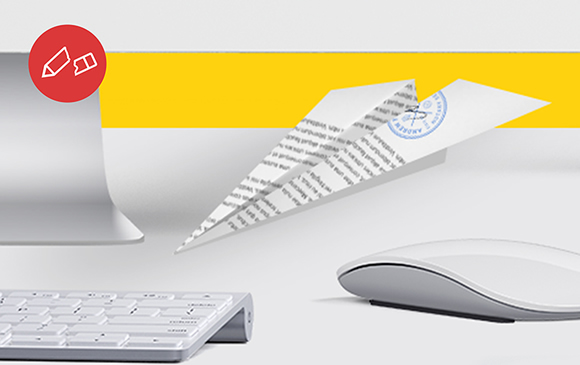
Many of the potential mistakes covered in this article can be averted right from the start if you make them part of a contract that both you and the client understand and agree to (meaning they sign it – don’t accept a friendly handshake in lieu of a signed contract). Find yourself a good lawyer and make sure you have the right contract needed to cover the work you do.
In the end, you will find that most of the clients you work with are good people who are excited for the great work you will do together. For them, the contract simply clarifies what you both already know, but for those instances where things do go wrong, a properly written contract can be the difference between getting what you are due or watching as your business takes a hit.
Conclusion
If you are hoping to run a successful freelance design business, you must be prepared to quote on projects. By avoiding the pitfalls covered in this article, you can ensure that you keep your business running smooth and profitable for many years to come.

